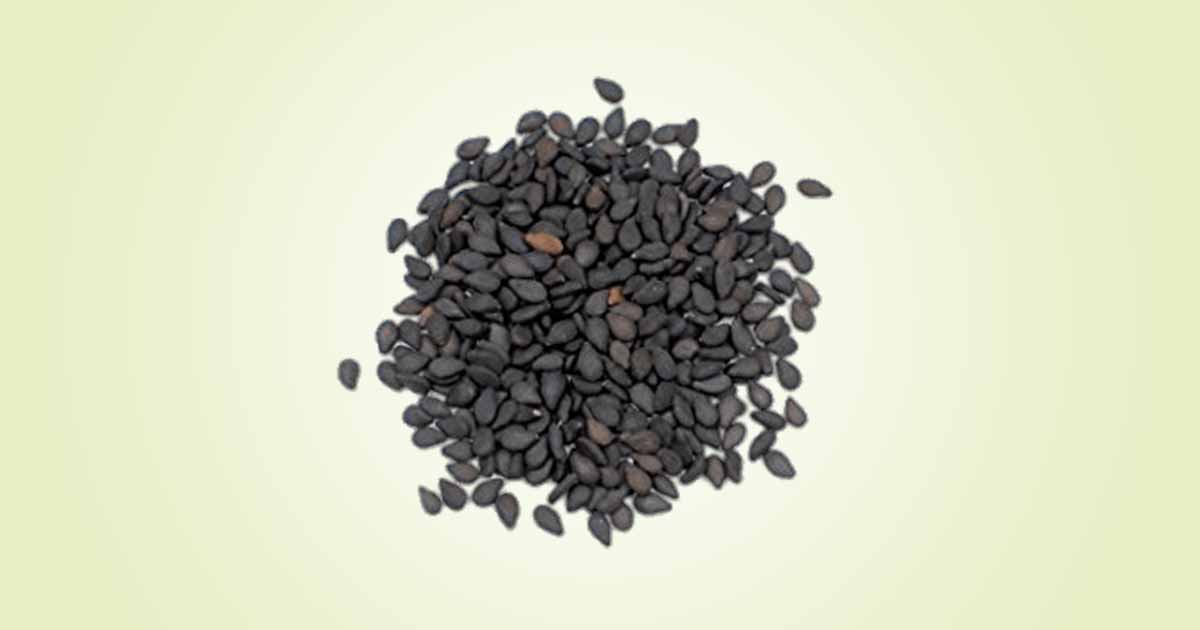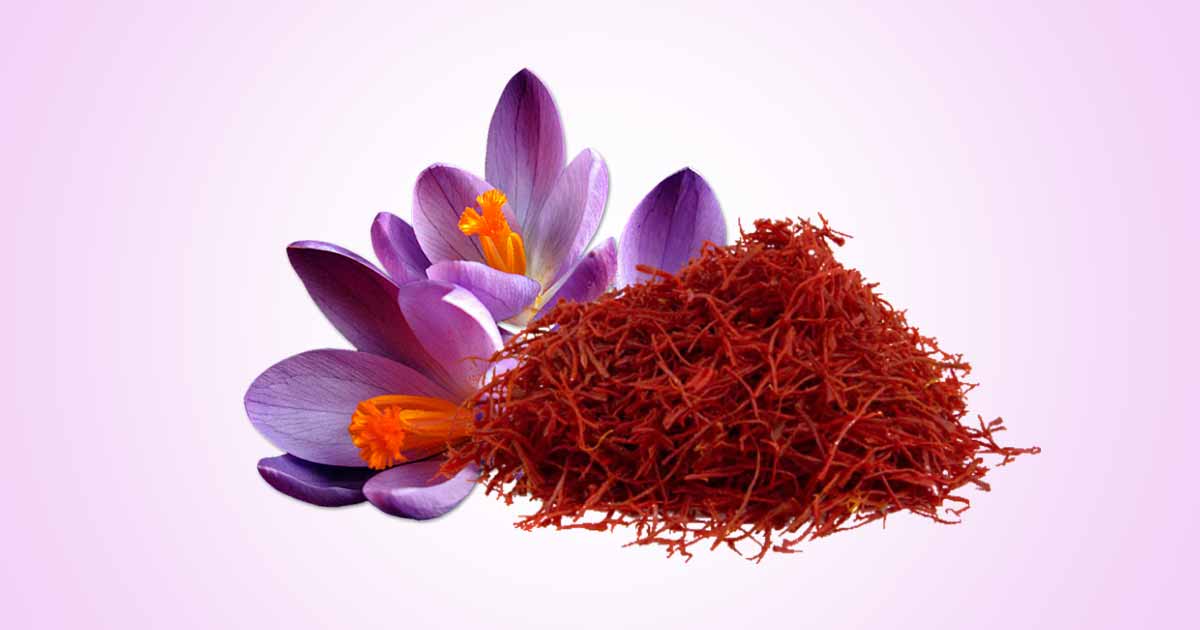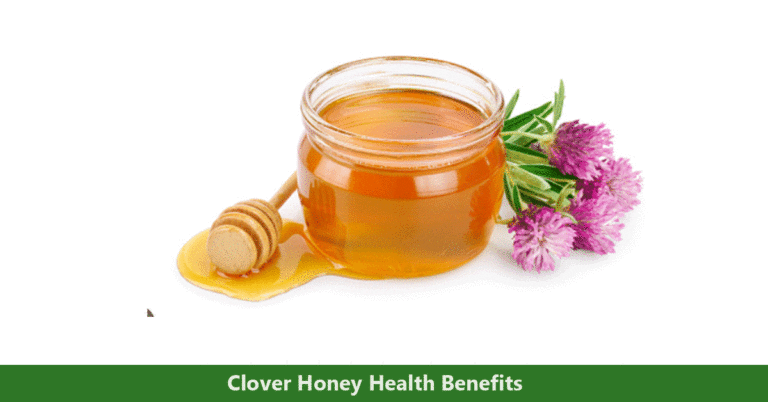Black tea is made from the plant Camellia sinensis, alongside other teas such as green tea, white tea, and red tea (partially fermented oolong). Green tea is more popular in Asia, while black and oolong tea in China and Taiwan.
The quality of the tea can be determined by the color, appearance, flavors, and taste. In the market, it can be in the form of unblended Assam tea and Darjeeling tea, or blended with other plants to enhance the flavor as in Earl Grey, Bigelow, and Chai.
Studies on black tea consumption suggest it may prevent diabetes, cancer, heart diseases, lowers cholesterol, obesity and improves mental alertness. It is also believed to improve bone health, though there is less evidence to back this claim.
Difference between Green Tea and Black Tea
The black tea, green tea, and oolong tea are made from the same plant, Camellia sinensis. However, black tea is fermented, while green tea is not fermented. The fermentation, an oxidation process involves cutting the green leaves, and drying it partially. Enzymatic activity takes place at higher temperature, causing partial polymerization and oxidation of polyphenols in the leaves (catechins or flavan 3-ol and their gallates) to theaflavin and thearubigin.
The leaves change from green to brown after fermentation, with the release of a strong fragrance.
Because of fermentation, green tea has more antioxidants than black tea, as flavonoids content decrease after fermentation. However, the levels of heaflavins and thearubinins increases.
Based on consumption, black tea is consumed mostly in the US, India, Western countries, while green tea is consumed in Asia. Black tea also have stronger flavor due to the release of volatile aromatic aglycones by several glycosidases.
Composition of Black Tea
Black tea contains low quantity of phenolic compounds such as flavan-3-ols (epicatechin and its gallate derivatives) and flavonols. The flavonols include low levels of myricetin, quercetin, and kaempherol. This may be due to conversion to theaflavins and thearubigins.
There are also purine alkaloids such as theobromine and caffeine, and other phenolic acids such as gallic acid, coumaric acids, caffeic acids.
Theaflavins (theaflavin, theaflavin-3-gallate, theaflavin-3′-gallate, and theaflavin-3, 3′-digallate) are the major solid component, and are responsible for the color, strong flavor, astringent taste of black tea.
The nutritional content in the tea includes minerals (Calcium, magnesium, chromium, manganese, selenium, zinc, aluminum, iron, copper)
Health Benefits of Black Tea
Antioxidants: The tea contains polyphenols with antioxidants properties. It has been suggested that adding soya milk to black tea will enhance the antioxidant levels. The polyphenols induce antioxidant enzymes such as glutathione-S-transferases and super-oxide dismutases.
Polyphenols also bind to Ca2±ATPase, modify their activity and slows down the ageing process in the body.
Cardiovascular health: Black tea consumption may reduce the risk of high blood cholesterol, atherosclerosis, coronary heart diseases and high blood pressure. Constituents such as theaflavin seems to reduce LDL cholesterol.
Anticancer effect: Black tea have ant-inflammatory, and antioxidant property. The polyphenols have antimutagenic activity and also induces apoptosis.
Theaflavin and thearubigin may also inhibit the growth of cancer cells. Theaflavins may also inhibit breast cancer.
It may also help to decrease C-reactive protein, a marker of coronary heart disease and associated inflammation, and improve endothelium-dependent vasodilation.
Lowering obesity: The polyphenols (catechins) in the tea may induce lipolysis in the adipose tissue, preventing obesity. Gallic acid also reduces food intake, while theaflavins, modulates AP1 (activator protein 1), a protein that plays a role in weight loss. Theaflavins also improves the metabolic rate.
Diabetes: Consumption of black tea may prevent diabetes type 2 by modulating the endocrine system, intake of food, lipid, and carbohydrate metabolism. Compounds such as theaflavins and thearubigins may mimic the action of insulin, improving insulin signaling and glucose control.
Oral health: Polyphenolic compounds in the tea may prevent the build up of plaque-causing microorganisms, preventing dental decay and improving dental health.
Anti-inflammatory activity: Flavonoids inhibits cyclooxygenase enzyme, and other inflammatory markers. It reduces inflammation in the synovium, and activates pro-inflammatory cells. Flavonoid like quercetin may also prevent the release of inflammatory compounds such as histamine, leukotriene, and serotonin.
Hence, black tea may be beneficial in rheumatoid arthritis, asthma, and other inflammatory diseases.
Methylxanthines: Black tea contain methylxanthines (caffeine, theophylline). These compounds have diuretic, cardiac stimulant, and smooth muscle relaxant effect. However, the diuretic effect is only felt when the tea has at least 300 mg of caffeine (6 to 7 cups (1.66 liters) of the tea).
Caffeine improves mental alertness, and decrease fatigue.
References:
- https://www.researchgate.net/publication/285945836_The_black_tea_bioactivity_An_overview
- http://www.teaboard.gov.in/pdf/A_boon_for_healthy_living.pdf
- https://www.ncbi.nlm.nih.gov/pmc/articles/PMC6512146/












